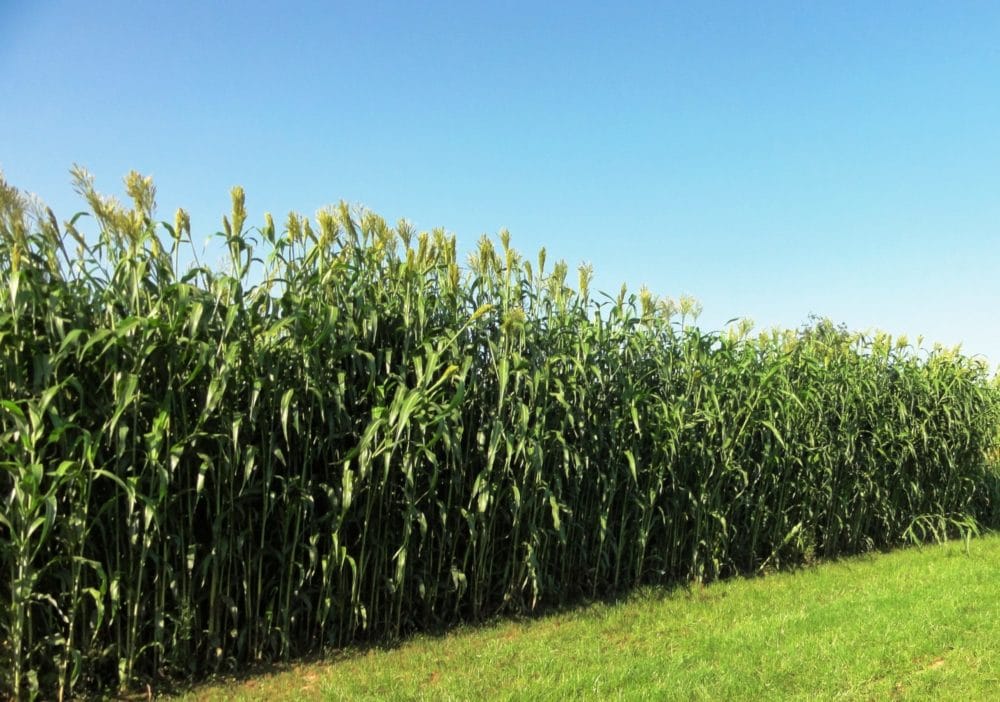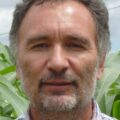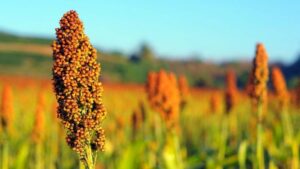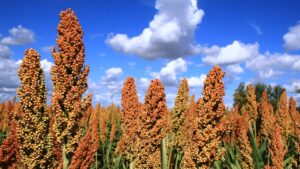In recent years, the area of forage sorghum in geographic Europe is constantly increasing and should exceed 200,000 ha in 2020. This is an increase of about 16 to 20 per cent in the EU28 (compared to 2019) in the main producing countries: Russia (almost 40 per cent of soil, + 6 per cent compared to 2019), France (+ 25 per cent), Ukraine, Hungary (+ 85 per cent) and Italy (+ 10 per cent). The 5-year outlook is more than encouraging with a doubling of the areas hoped for.
With global warming, we can see this crop of fodder sorghum going up towards the northern half of Europe, supported, among other things, by its lower need for water (-30 percent compared to corn silage) and inputs, good hardiness, its food or energy quality, its tolerance to the Diabrotica beetle and its use with corn silage for exploitation in order to secure production.
From now until 2025, new areas of forage sorghum production are expected to develop in the northern half of the EU-15, where the main corn forage areas with more than 5 Mha are concentrated.
Curiously, the biggest difficulty for the farmer is the too large phenotypic variability between existing fodder sorghum varieties, which makes it difficult to choose the variety suitable to the farm. In Europe, we generally limit ourselves to 4 main families which will allow us to provide a solution for all uses:
- sorghum grain silage, rich in starch, of medium height, with or without the Brown Midrib (BmR) character, generally associated with corn on the farm.
- sorghum silage sterile type or producing few grains, poorly rich in starch, rich in soluble sugar, tall to very tall, with or without the BmR character, usable alone in the ration.
- Sudan type “multi-cut” sorghums (3 to 5 cuts depending on the soil water reserve) with or without the BmR character for making silage or grazing.
- “biomass” sorghums with a large size, a high yield of dry matter and a low nutritional value for methanation.
The farmer will make his choice according to his need and according to the quality criteria adapted to his animal raising and his objectives as well as climatic conditions.
To help the farmer in his choice and provide him with an adapted varietal response, EURALIS is currently developing an approach with a large “SiloBREED sorghum” portfolio suitable for all types of animal production: dairy and bovine.









